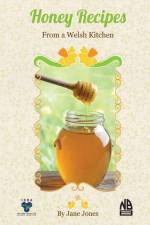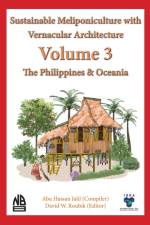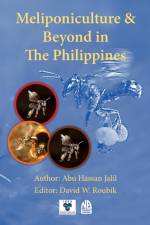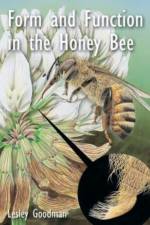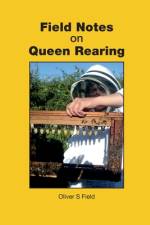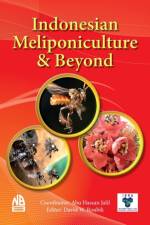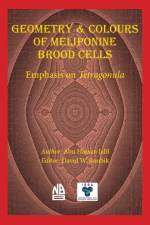av Jane Jones
271
What goes around comes around. Today "recycling" and "sustainability" are words we hear every day as we are rightly urged to care for our fragile planet. For me, growing up in a remote forester's house, on the edge of the Brecon Beacons in the immediate post war years, re-cycling was something we did automatically. Remoteness and the austerity of the times also meant that sustainability came naturally as we had to have a certain amount of self-sufficiency with goats, chickens and bees housed at the end of the garden. It was a time of rationing and honey was, as it had been before thetransportation of sugar from New World plantations, the main source of sweetness in our food and cooking.Memories of those now distant days have been in part responsible for this book. My earlier publication - Traditional Welsh Honey Recipes - made me realise how much can be done with honey and so I have welcomed the opportunity, offered by the International Bee Research Association (IBRA), to expand and vary those recipes. All the contents have been tried and tested, on and by my own family and friends, who sometimes managed to eat the food before it could be photographed for the book which is, I suppose in its own way, a kind of recommendation! I hope that you, too, will enjoy, not only the end product, but also the making of these recipes which may well stimulate memories as well as appetites.Preparing the food has been a joy, preparing the book has been hard work. Tony Gruba and Stuart Williams willingly took on the task of making many of the recipes thus helping me ensure that the instructions, as well as the ingredients, were understandable to a new reader. It was good to know that they had satisfaction from the cooking process as well as the food. I thank them for their help.The book would not have been completed without the tireless support, the constructive criticism and suggestions of my daughter, Sarah Jones. She has been a formidable taskmaster and editor but I thank her for the precision I believe she has brought to my simple home cooking approach. My thanks also to Joanne Hawker for her creative design and layout, which I hope you will find helps when you use the book.

